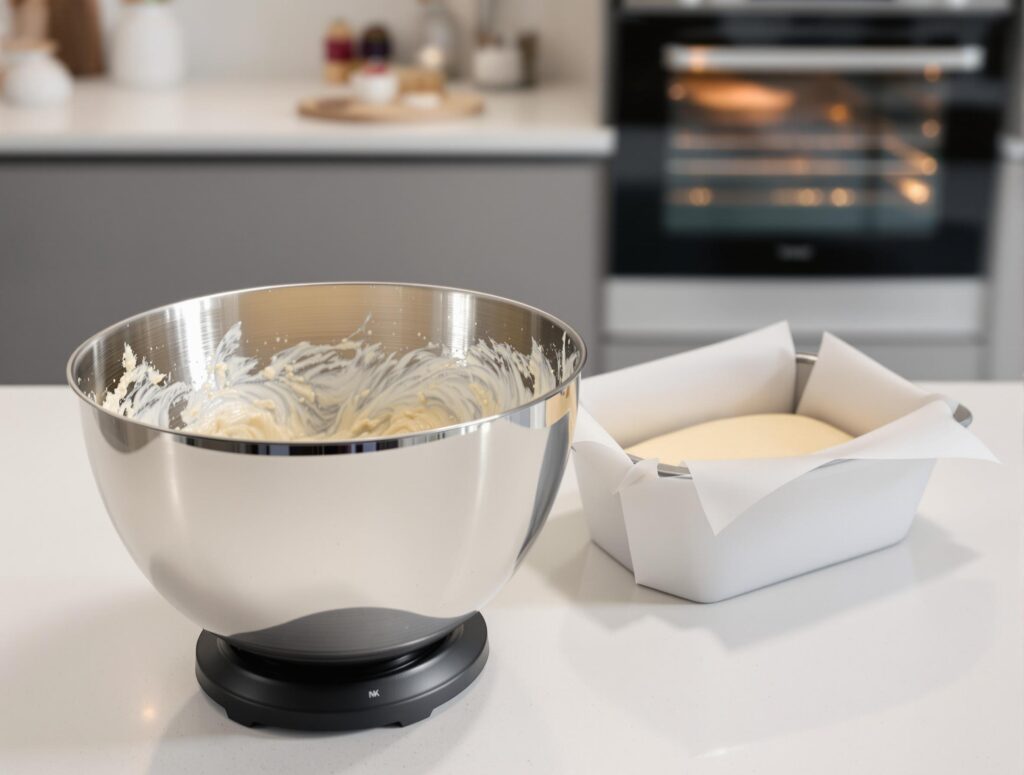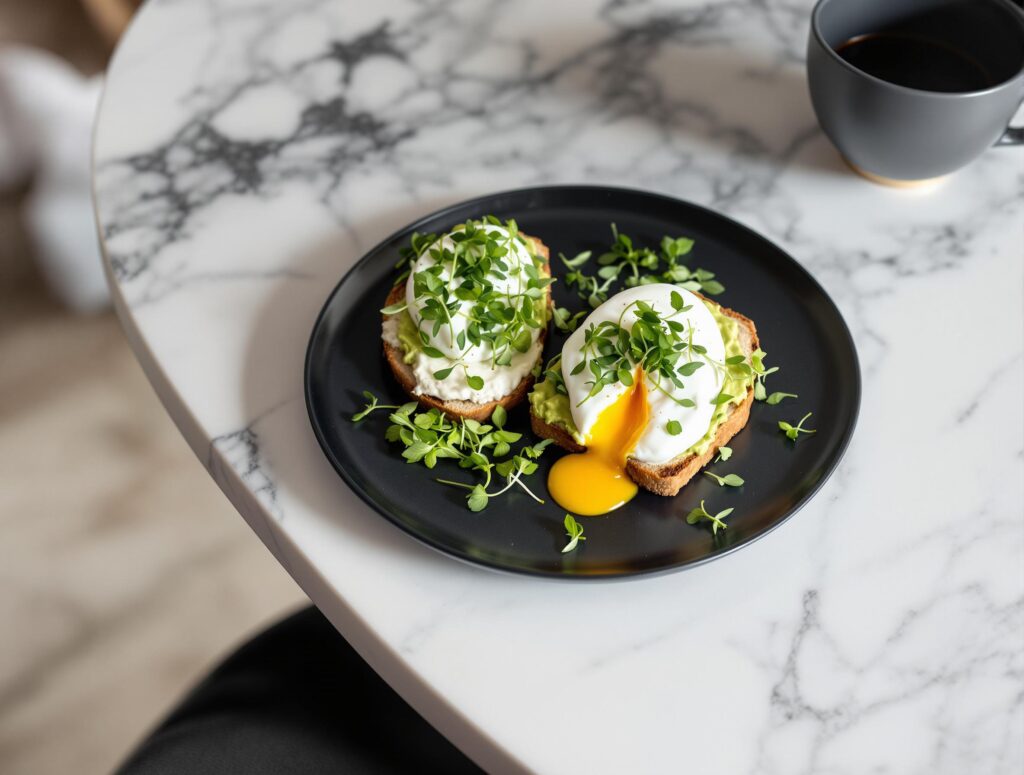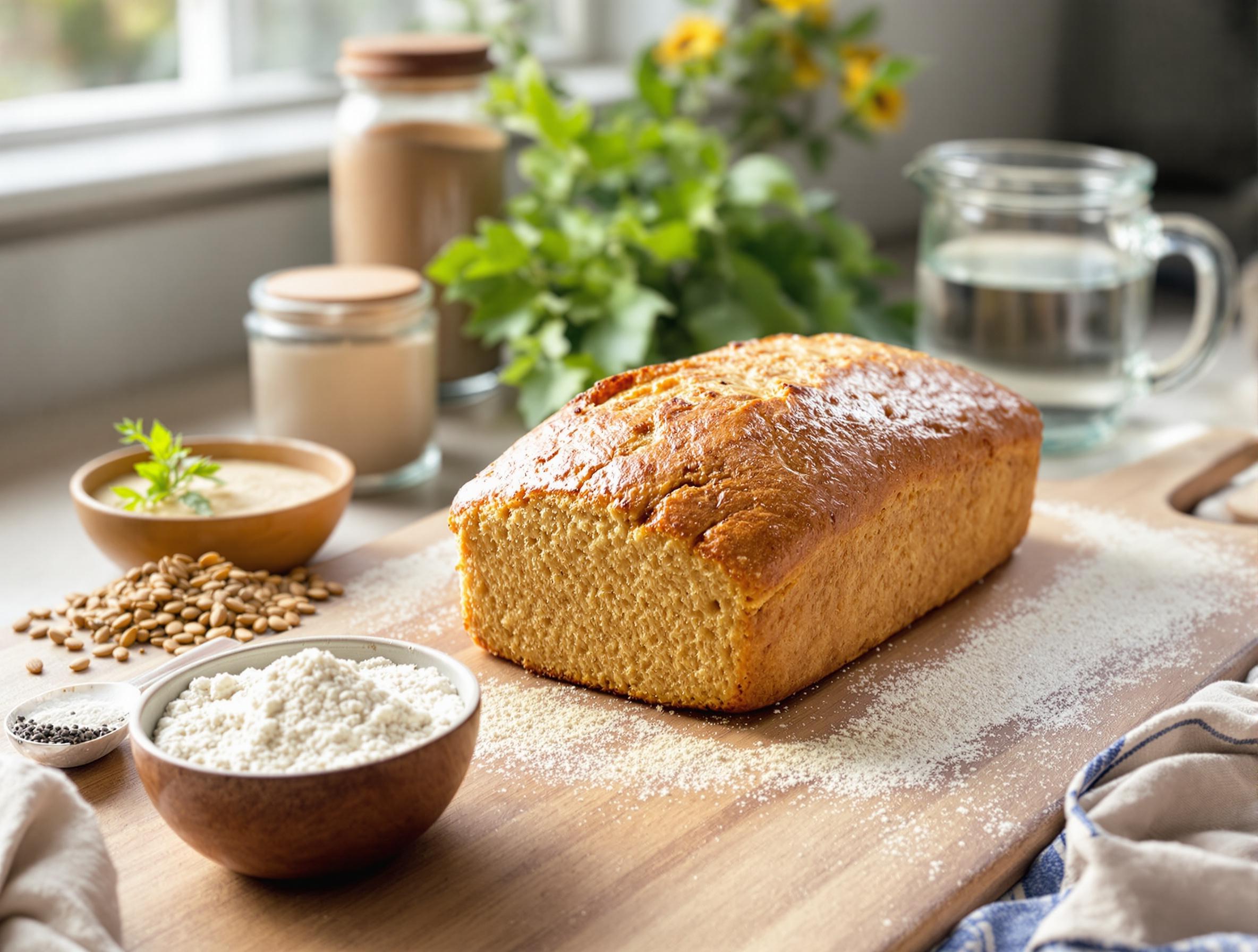Protein bread has taken the world by storm, becoming a favorite choice for health-conscious individuals. It’s bread—but better! Packed with high amounts of protein and often lower in carbohydrates, protein bread is a great alternative for those looking to maintain a balanced diet, build muscle, or lose weight.
In this guide, we’ll explore everything you need to know about protein bread. From its benefits to tasty ways to use it, you’ll learn why protein bread deserves a spot in your kitchen.
Why Choose Protein Bread?
Protein bread isn’t just a trendy item; it’s a practical addition to a healthy diet. Whether you’re into fitness, managing your weight, or simply looking for a more satisfying bread option, protein bread has plenty to offer.
High Protein Content: Ideal for Muscle Growth
Protein is essential for building and repairing muscles, and protein bread offers a convenient way to get more of it. Traditional bread contains about 2–4 grams of protein per slice, while protein bread can pack 10–15 grams or more.
For gym-goers or athletes, this extra protein can help meet daily requirements without relying entirely on protein shakes or supplements. Including it in meals or snacks ensures you’re fueling your muscles throughout the day.
Lower Carbohydrates Compared to Regular Bread
it is often made with fewer carbohydrates, making it ideal for low-carb and ketogenic diets. Traditional bread can contain 15–20 grams of carbs per slice, whereas protein bread may have as little as 5 grams.
This lower carb content helps regulate blood sugar levels, providing a steady energy supply without the spikes and crashes associated with regular bread. It’s especially useful for those managing diabetes or focusing on maintaining steady energy throughout the day.
Keeps You Full Longer
Protein is known to be more satiating than carbs or fats. When you eat protein bread, you’re less likely to feel hungry between meals.
This makes it a fantastic option for people trying to lose weight, as it helps control cravings and reduces unnecessary snacking. Pairing it with healthy fats, like avocado or nut butter, can create a balanced meal that keeps hunger at bay for hours.
Nutritional Breakdown of Protein Bread
Protein bread stands out not just for its higher protein content but also for its overall nutritional profile. Understanding what makes it different from regular bread can help you decide if it’s the right choice for your lifestyle.
Comparison with Regular Bread
Here’s a quick look at how protein bread compares to traditional white or whole wheat bread:
| Nutrient | Regular Bread (per slice) | Protein Bread (per slice) |
|---|---|---|
| Protein | 2–4g | 10–15g |
| Carbohydrates | 15–20g | 5–10g |
| Calories | 80–100 | 60–90 |
| Fiber | 1–3g | 5–8g |
The extra protein and fiber in protein bread make it a smarter choice for those focusing on nutrition, as they promote muscle repair and digestive health while reducing carb intake.
Key Ingredients in Protein Bread
The secret to protein bread lies in its ingredients. Instead of relying solely on wheat or flour, it often includes:
- Egg whites or whole eggs: A high-quality protein source.
- Whey or pea protein isolate: Adds a concentrated protein boost.
- Almond or coconut flour: Reduces carbs while adding healthy fats.
- Seeds (like chia, flax, or sunflower): Add fiber, protein, and omega-3s.
- Psyllium husk: A natural fiber that gives the bread structure and aids digestion.
These ingredients not only increase protein content but also improve the bread’s texture and nutritional value.
Protein Bread for Different Diets
Protein bread fits into several dietary lifestyles, making it versatile for a wide audience:
- Keto Diet: With its low-carb composition, it’s a great bread alternative for those in ketosis.
- Gluten-Free Diets: Many protein bread recipes or brands are gluten-free, made with almond or coconut flour.
- Vegetarian Diets: Perfect for vegetarians looking for a non-meat protein source.
- Weight Management Plans: Its high protein and fiber content support portion control and appetite suppression.
Whether you’re following a strict diet or just want to eat healthier, protein bread provides flexibility.

How to Make Protein Bread at Home
Making it at home is easier than you think. Not only do you have control over the ingredients, but you can also customize it to fit your dietary preferences. Here’s a simple step-by-step guide to creating your own protein-packed loaf.
Ingredients You’ll Need
To make a basic protein bread, gather the following ingredients:
- 1 cup almond flour (or coconut flour for a nut-free option)
- ½ cup whey protein isolate (or pea protein for a plant-based option)
- 4 large eggs
- 1 tablespoon psyllium husk powder (for structure and added fiber)
- 1 teaspoon baking powder
- ¼ cup unsweetened almond milk (or water)
- 1 tablespoon olive oil or melted coconut oil
- A pinch of salt
Optional add-ins:
- Seeds (chia, flax, sunflower) for extra crunch and nutrition
- Herbs and spices (like rosemary or garlic powder) for flavor
Step-by-Step Instructions
- Preheat Your Oven
Preheat your oven to 350°F (175°C) and line a loaf pan with parchment paper or grease it lightly with oil to prevent sticking. - Mix the Dry Ingredients
In a large bowl, combine the almond flour, protein powder, psyllium husk powder, baking powder, and salt. Stir until well blended. - Whisk the Wet Ingredients
In a separate bowl, whisk together the eggs, almond milk, and olive oil. Make sure the mixture is smooth and uniform. - Combine Wet and Dry Mixtures
Gradually pour the wet ingredients into the dry ingredients. Stir with a spatula or spoon until a thick batter forms. If the batter is too thick, add a splash of almond milk to adjust the consistency. - Add Optional Ingredients
If you’re using seeds or herbs, fold them into the batter at this stage. This adds texture and boosts the flavor of your bread. - Transfer to the Loaf Pan
Pour the batter into the prepared loaf pan and smooth the top with a spatula to ensure even baking. - Bake
Place the loaf pan in the preheated oven and bake for 25–30 minutes. Check for doneness by inserting a toothpick into the center of the loaf; it should come out clean. - Cool and Slice
Once baked, remove the bread from the oven and let it cool in the pan for 10 minutes. Then transfer it to a wire rack to cool completely before slicing.
Tips for Perfect Protein Bread
- Avoid Overmixing: Overmixing can make the bread dense and tough. Stir until just combined.
- Store Properly: Keep the bread in an airtight container in the fridge for up to 5 days or freeze slices for longer storage.
- Experiment: Try swapping almond flour for oat flour or using different types of protein powders to create unique variations.
Homemade protein bread is a cost-effective and nutritious alternative to store-bought versions. Plus, it’s fresh, free from preservatives, and tailored to your taste.
Is Protein Bread Really Healthy?
it is often marketed as a healthier alternative to traditional bread, but is it as good as it seems? Let’s explore the potential benefits and downsides to determine if it’s the right choice for you.
The Health Benefits of Protein Bread
- High Protein Content
Pit contains significantly more protein than regular bread, which is essential for muscle growth, repair, and overall body function. For individuals who struggle to meet their daily protein intake, it offers a convenient way to boost this macronutrient without relying on meat or supplements. - Low in Carbs
Many protein breads are low in carbohydrates, making them ideal for people following low-carb or ketogenic diets. Lower carbs can help stabilize blood sugar levels and reduce energy crashes throughout the day. - Rich in Fiber
Some protein breads include ingredients like psyllium husk or flaxseeds, which are high in fiber. Fiber improves digestion, promotes gut health, and helps you feel full for longer, aiding in weight management. - Supports Weight Loss Goals
The combination of high protein and fiber keeps you satisfied and curbs hunger, reducing the likelihood of overeating. This makes it a helpful choice for those looking to lose weight.
Potential Downsides
- Additives in Store-Bought Versions
Many commercially produced protein breads contain artificial preservatives, flavorings, and stabilizers to extend shelf life. These additives may not align with a clean-eating lifestyle. - High Price
it can be expensive, especially if purchased from premium brands. This might not be sustainable for some people who eat bread regularly. - Texture and Taste
itoften has a denser texture and different flavor compared to regular bread, which might not appeal to everyone. Some people find it slightly chewy or grainy. - Caloric Content
While protein bread is lower in carbs, some varieties can still be calorie-dense due to added protein, seeds, or oils. Portion control is important if you’re trying to lose weight.

How to Choose a Healthy Protein Bread
To ensure you’re choosing the healthiest option, keep these tips in mind:
- Read the Ingredients: Look for simple, natural ingredients. Avoid bread with added sugars, artificial preservatives, or unnecessary fillers.
- Check the Protein Content: Aim for at least 10 grams of protein per slice to maximize the benefits.
- Watch the Fiber Levels: Choose options with at least 3–5 grams of fiber per serving to support digestion.
- Low-Carb Options: If you’re on a low-carb diet, make sure the net carbs align with your daily goals.
Is It Healthy for Everyone?
it is generally healthy, but it may not be the best option for everyone. For example:
- People with gluten sensitivities should ensure the bread is gluten-free.
- Those on calorie-restricted diets should check the calorie content of each slice.
- Athletes or fitness enthusiasts will benefit more from its high protein content compared to those with low protein requirements.
You Might Also Like
If you’re interested in learning more about protein-rich and healthy food options, check out these related articles:
- What Bread Is a Complete Protein? Not all breads are created equal. Find out which types of bread provide all essential amino acids and qualify as complete proteins.
- What Is the Number 1 Healthiest Bread? If you’re wondering which bread tops the health charts, this guide will help you explore the best options for a nutritious lifestyle.
- Banana Bread Cookies Love the taste of banana bread but want something bite-sized? Try these banana bread cookies for a delicious and healthier snack alternative.
These resources are perfect for anyone looking to expand their knowledge on nutritious foods and incorporate them into their diet.
FAQs
1. Is Protein Bread Gluten-Free?
Not always. Some contains wheat flour, but gluten-free options made with almond or coconut flour are available.
2. Can Kids Eat Protein Bread?
Yes, kids can eat protein bread in moderation. It’s a great way to boost their protein intake, but portion sizes should match their needs.
3. How Much Protein Does It Contain?
Protein bread typically has 10–15 grams of protein per slice, much higher than regular bread.
4. Does Protein Bread Taste Good?
It’s denser and less sweet than regular bread, with a nutty or earthy flavor. Toasting and flavorful toppings enhance its taste.
5. Is It Suitable for Weight Loss?
Yes, its high protein and fiber content keep you full longer, helping control cravings and support weight management.
6. How Long Does It Stay Fresh?
Homemade ones lasts 3–5 days in an airtight container or longer when frozen.
Conclusion
it is a nutritious and versatile option for boosting protein intake, supporting weight loss, and managing carbs. Whether store-bought or homemade, it’s a great addition to a balanced diet. Try it today to enjoy its benefits for your health and lifestyle!

